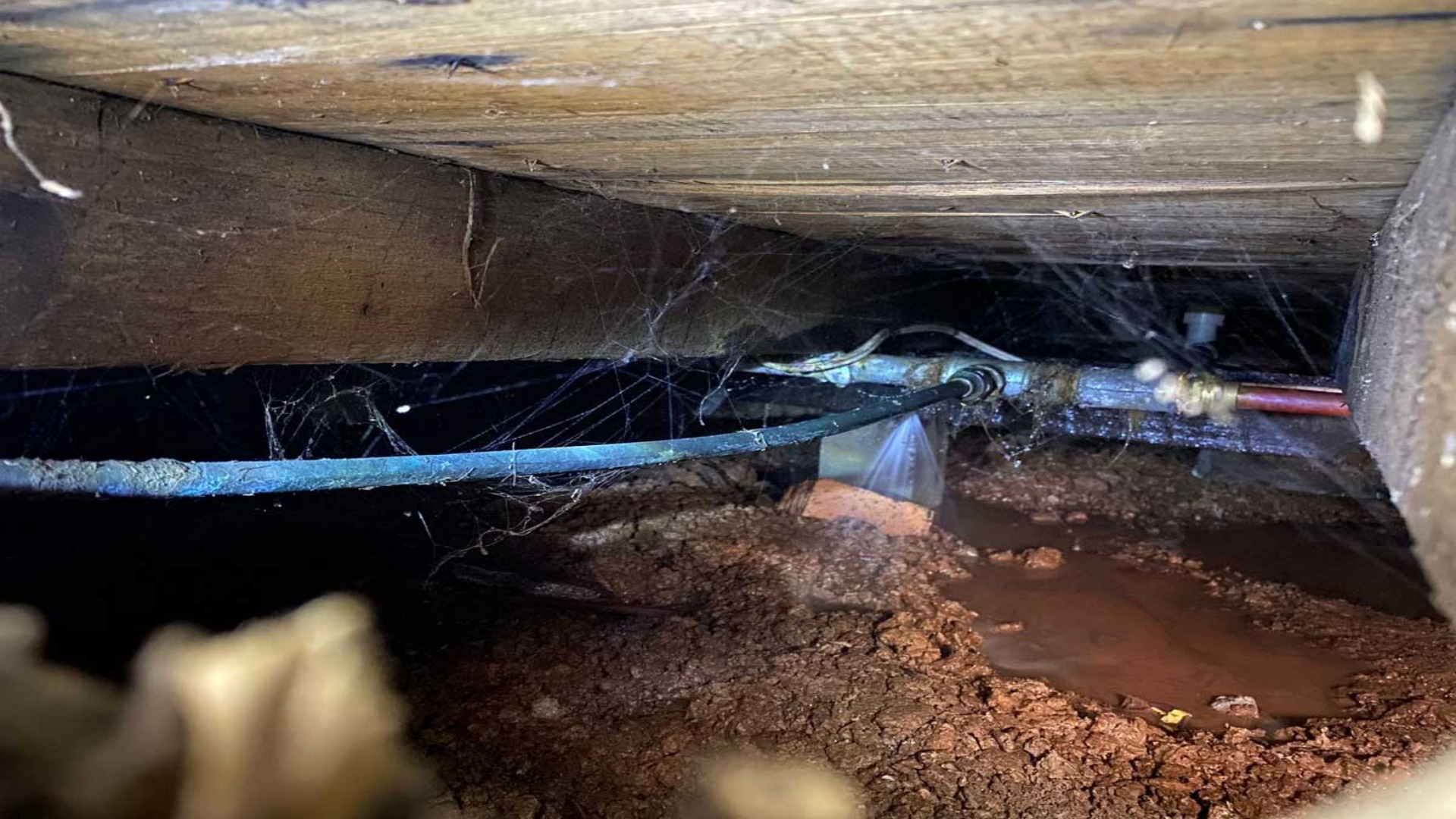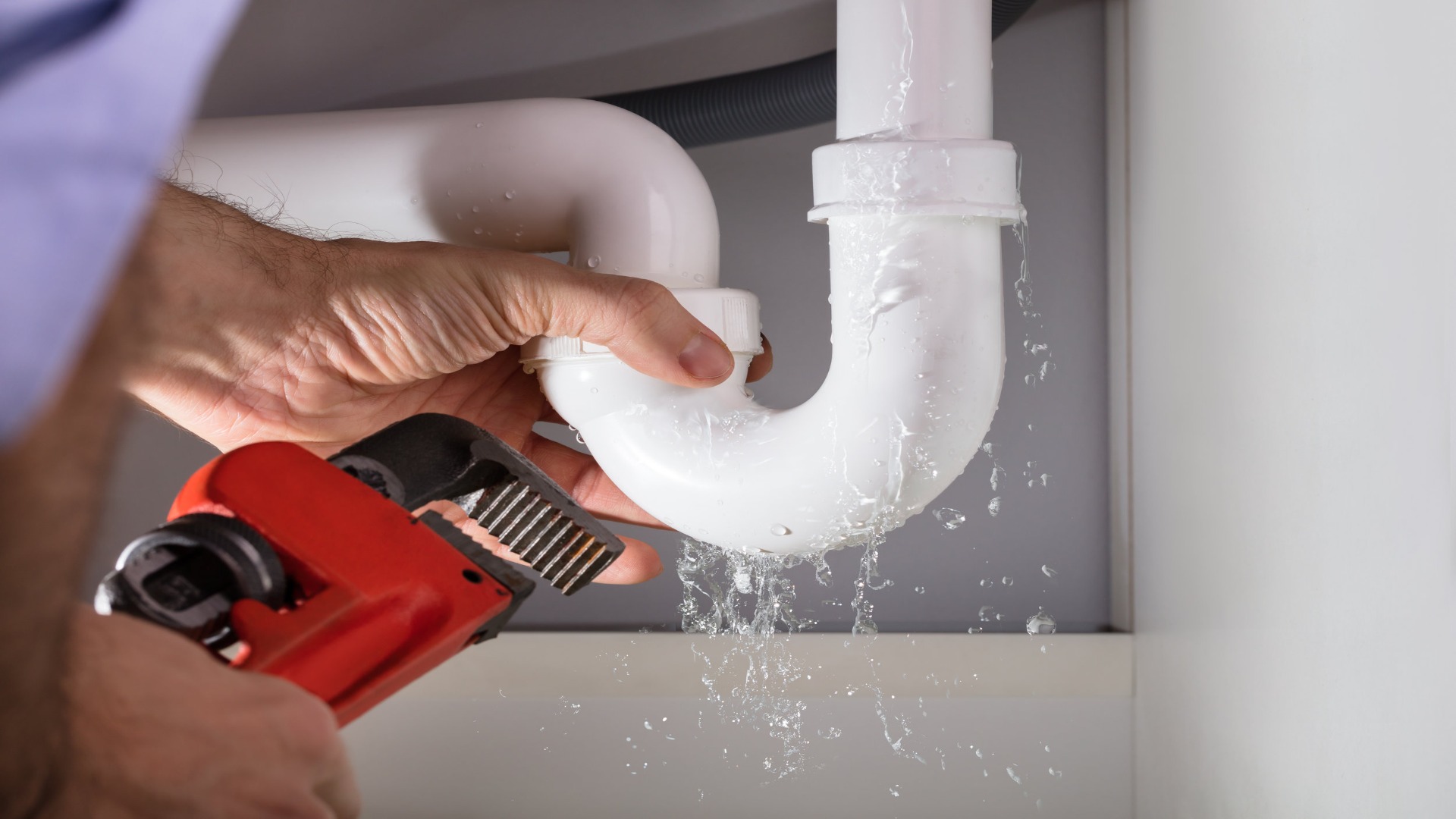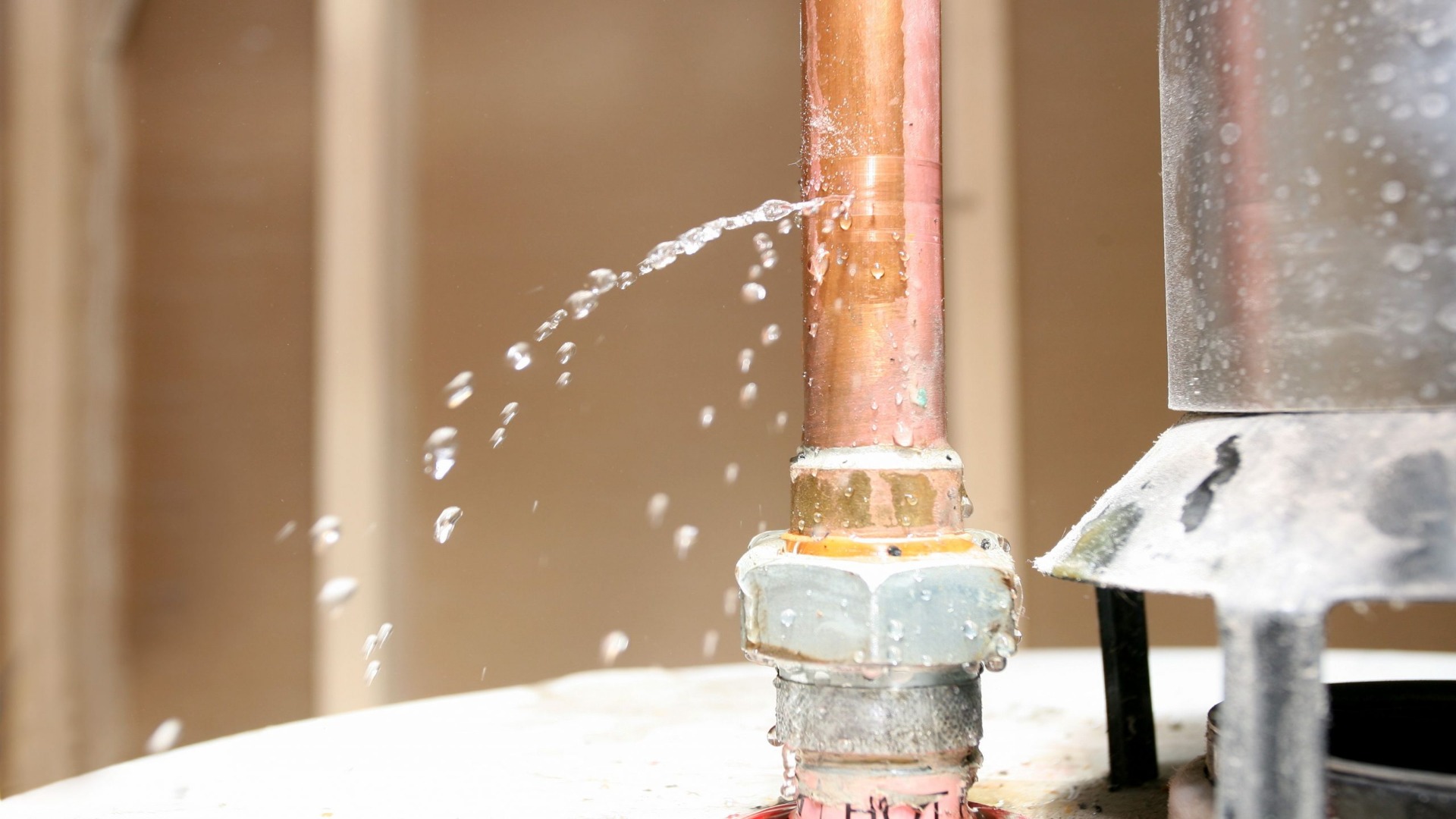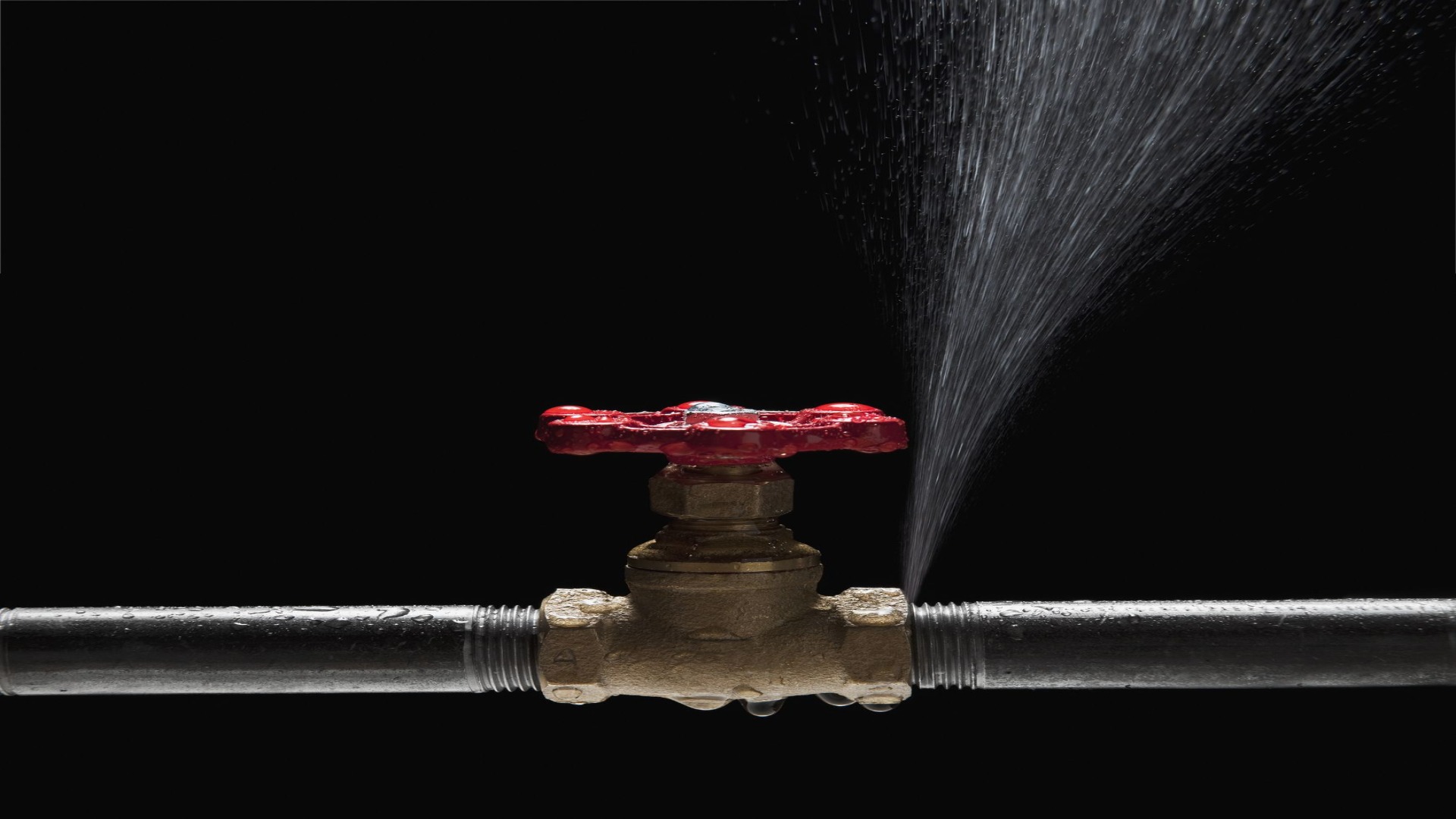
It is vital to recognize the potential threats posed by water leaks and learn how to evaluate the consequent damage. This knowledge lets homeowners identify issues early, seek professional help immediately, and efficiently mitigate potential damage. With water leaks and the resulting water damage, prevention is always better than cure, and early detection is the cornerstone of effective prevention.
In cases where leaking water causes damage, being prepared for the insurance claims process is crucial. Document all damage with photographs and videos as evidence. Review your insurance policy to understand what types of accidental water leakage are covered. Being proactive and maintaining detailed records can streamline successful insurance claims and increase the likelihood of having damages covered. An experienced contractor can also provide documentation and estimates to support your claim. While dealing with the aftermath of a water leak is stressful, proper preparation for the claims process can help homeowners navigate it smoothly.
Water Leaks and Their Impact
Water leaks are a common issue that can arise anywhere in your plumbing system, from the pipes inside your house to the underground pipes in your garden. These leaks can damage your property over time and manifest in various ways if ignored. Below are the common signs of water damage and hidden leaks:
- Damp Spots on the Walls or Ceiling: These are some of the most visible signs of a leak. It might indicate a leaking pipe if you notice wet or discoloured patches on your walls or ceiling.
- Peeling Paint or Wallpaper: Water leakage can cause the paint or wallpaper to peel off due to excessive moisture. If you observe such signs, a leak may be the cause.
- Unexpected Increase in Water Bill: A sudden, unexplained increase in your water bill can strongly indicate a hidden water leak.

- Irregularities in Water Pressure: If you notice irregular water pressure in your faucets or shower, it could be due to a leak in your plumbing system.
- Running water Sounds: Hearing running water when all water outlets are off could indicate a hidden leak.
- Musty or Mouldy Smell: Persistent dampness from a leak can lead to mould growth, which often brings a musty odour and is a common sign of water leaking.
Detect And Find Leaks At Your Property
Identifying water leaks, mainly underground ones, can be a formidable task. Regular inspections conducted by a local plumber are crucial in detecting and addressing leaks at their early stages. However, homeowners can also employ specific strategies to spot water leaking on their property.
One such proactive measure involves closely monitoring your water meter. If you notice an unexplained spike in the meter reading when no water is used in the house, this could indicate a leak. Small leaks or slow leaks might seem insignificant, but they can substantially increase your water bill and potentially lead to future leaks and costly structural repairs if not addressed.
Therefore, any unusual changes in your water consumption, as reflected in your water bill, should be investigated promptly. Ignoring these signs can exacerbate the issue, leading to further damage that insurance policies may not cover, leaving you to bear out-of-pocket repair expenses. Keeping detailed documentation of the issue and communicating promptly with your insurance company can help streamline the claims process should you need to file one.

In addition to regular inspections and self-monitoring, technological advances have significantly improved leak detection. Tools such as infrared cameras and moisture meters have proven to be invaluable assets in the fight against water leaks. These devices can efficiently detect leaks by pinpointing their location, even if hidden underground or within your indoor plumbing systems.
Infrared cameras detect temperature variations within your walls or floors that could indicate water presence. Moisture meters measure the degree of moisture in a given area, which can signal a possible leak. By employing these advanced tools, homeowners and professional plumbers can promptly detect and address water leaks, preventing potential damage to the property and structural issues.
However, it’s essential to thoroughly inspect the entire process, including the water supply lines, to identify the root cause of the leak. Undetected leaks can wreak havoc on your property, leading to costly repairs and potential health hazards. Regular maintenance and the strategic use of leak detection technology can help mitigate these risks, ensuring the longevity and safety of your home.
Assessing Water Damage
Once a leak is detected, it’s essential to assess the extent of the water damage. This process involves understanding the severity of the leak, its impact on your property, and the necessary remedial measures.
Determining the Severity of the Leak
The severity of the leak directly influences the extent of the damage. If unnoticed for a long time, small leaks can cause as much damage as a large, immediately visible leak. It’s crucial to assess how much water has leaked over time and how extensive the dampness is.

Impact on Property
The impact of a leak on your property can be multi-faceted:
Structural Damage
Prolonged water exposure can lead to structural damage, including weakened wooden beams, corroded metal structures, and compromised concrete and brickwork. If extensive damage has occurred over an extended period, professional assistance may be required to assess and repair affected areas.
Electrical Wiring
Water leaks can also affect the electrical wiring in your property. It’s essential to assess whether any electrical outlets, switches, or wiring have been exposed to water and thus pose a safety risk. Regularly inspect and replace damaged materials as needed.
Insulation Damage
Water leaks can damage insulation in your walls, ceilings, and floors. This can affect your home’s energy efficiency, increasing heating or cooling costs. Many homeowners may need to replace insulation in affected areas.
Required Remedial Measures
Once the damage has been assessed, the necessary remedial measures should be identified. This includes repairing the source of the leak, replacing damaged structural elements, addressing electrical issues, and replacing damaged insulation. Thorough documentation is crucial for a smooth claims experience.
The Role of Professionals
While some damage can be easily seen, other types might be hidden within your property’s structures. A professional plumber or a water damage restoration expert can use specialised tools to detect water leaks and hidden damage and assess the full extent of the problem. They can also guide the necessary remedial measures and their associated costs.
Assessing water damage is a comprehensive process beyond identifying visible signs of a leak. It involves understanding the severity of the leak, evaluating its impact on your property, and determining the remedial measures required to restore your property to its original state.
Mitigating and Preventing Damage
Swift action is pivotal when dealing with water leaks. Whether a minor pipe leak or a more complex underground water leak, immediate repair can avert significant damage and potential cost escalation.
As soon as a leak is detected, it should be addressed promptly. The repair could involve sealing a leaky pipe, replacing a damaged section of the plumbing, or even overhauling the entire system in severe cases. The type of repair required will depend on the severity and location of the leak.

Proactive prevention is a reliable strategy for mitigating water damage. Regular inspections of your plumbing system are essential in maintaining its health. Both indoor and outdoor pipes should be checked consistently for any signs of damage or wear.
Plumbing-related appliances are also familiar sources of water leaks. Regular inspections should also include checking appliances such as washing machines, dishwashers, and water heaters for leaks. Ensuring all connections are secure and hoses are in good condition can prevent potential leaks.
Prevent Costly Damage and Serious Problems with Prompt Plumbing Action
Water leaks from faulty plumbing or regular wear and tear should be fixed immediately to avert further damage. Swift action mitigates the immediate issue and prevents potential escalation into a more severe problem. Executing necessary repairs as soon as leaks are detected is crucial. Whether it’s sealing a minor leak or overhauling a complex plumbing system, immediate attention can save you from future headaches and high repair costs.
Regular indoor and outdoor plumbing system inspections are essential in maintaining its health. Consistent checks allow for early detection and repair of leaks, preventing potential damage from escalating.
Professional help is invaluable in maintaining a healthy plumbing system. The Brisbane Plumbers offer experienced and reliable services for all your plumbing needs. From routine inspections to emergency repairs, we’re here to help. Contact us today and prevent your minor leaks from turning into major issues.
